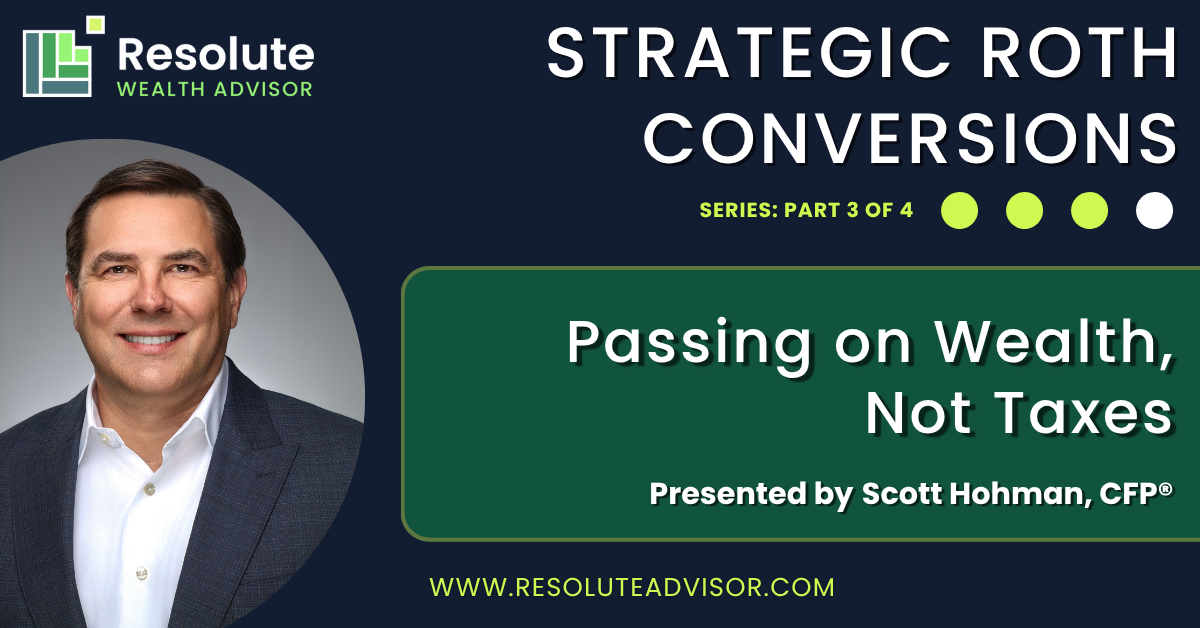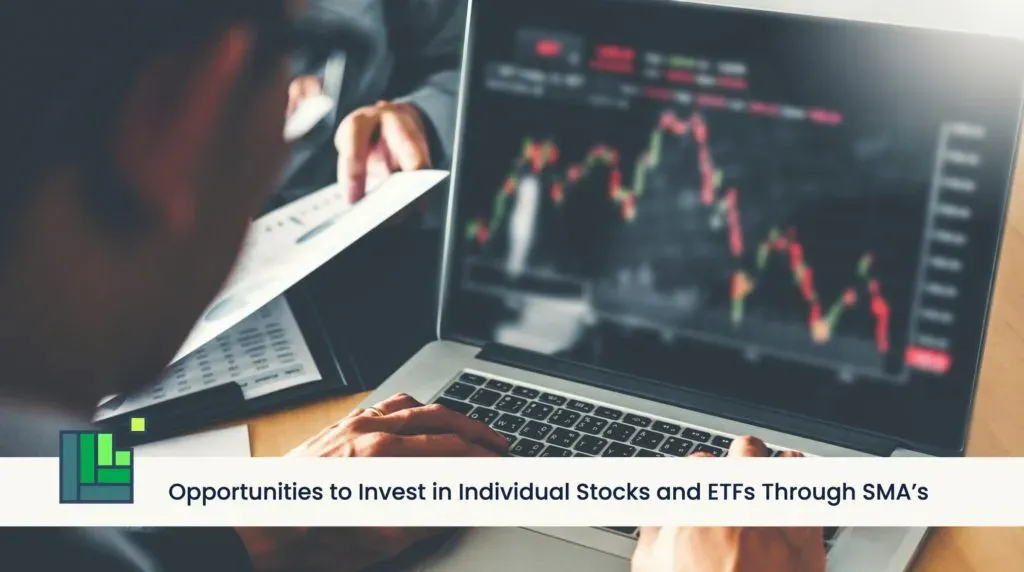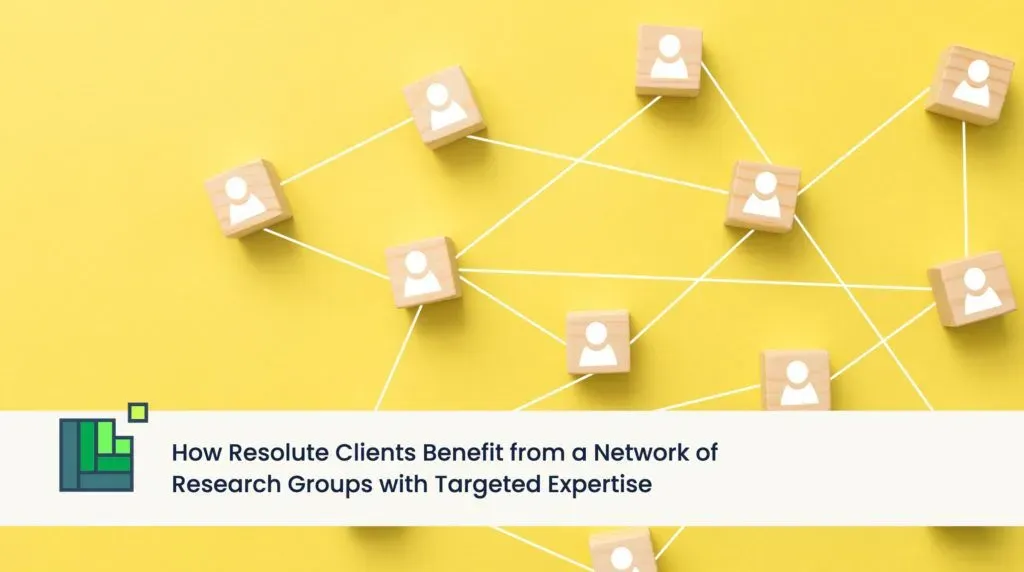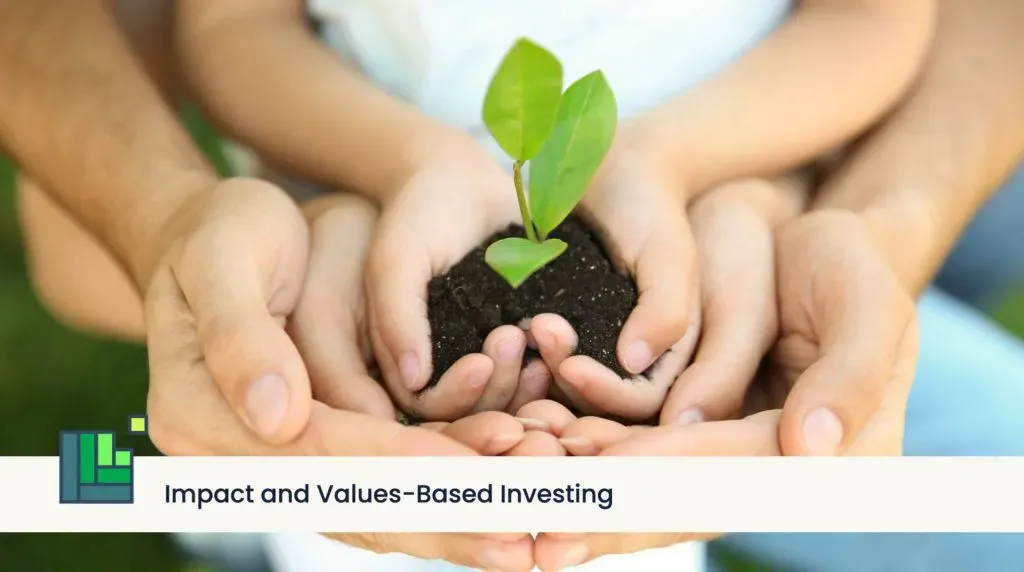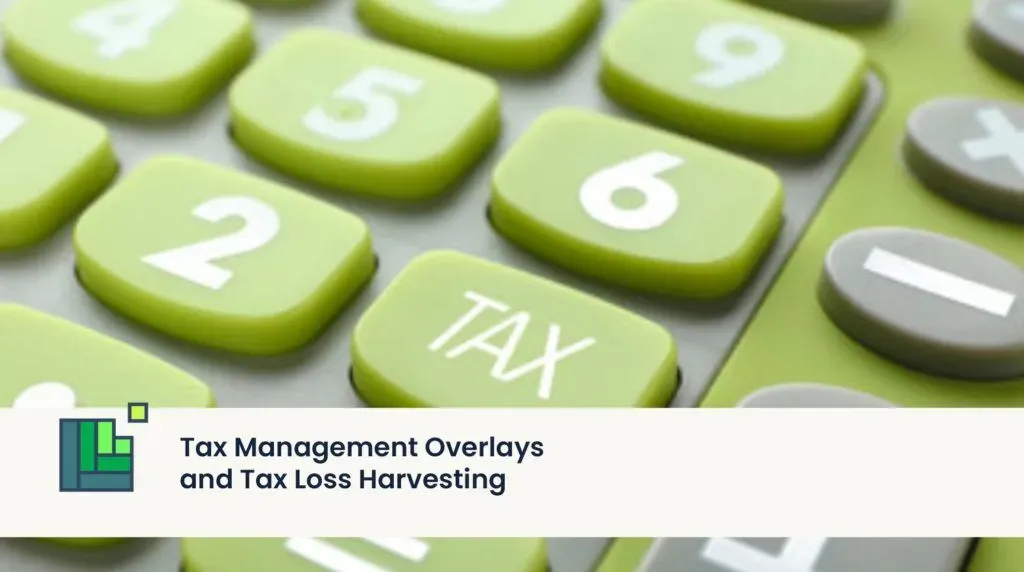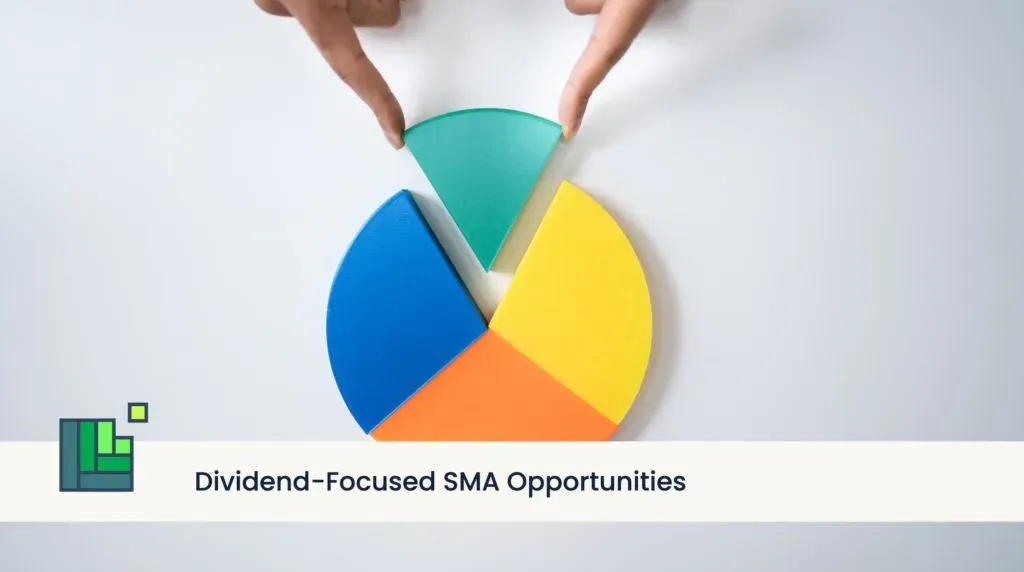Learn the Benefits of Using SMAs to Customize Your Portfolio
In this second installment in our Investment Strategy Series, we’re going to examine another facet of our streamlined and enhanced investing strategy: the ability for our clients to invest in individual stocks and ETFs through separately managed accounts usually referred to as SMAs. (If you missed the first article in this series, read it now to learn more about our enhanced factor-based investing approach.)
This article will serve as the second in our series designed to break down how our newly enhanced investment approach will better serve our clients. It’s all about helping you put a little more YOU in YOUR portfolio! Read on to learn the benefits of investing in individual stocks and ETFs through Separately Managed Accounts (SMAs).
We feel strongly about providing opportunities for our clients to truly personalize their investment portfolios. Investing in individual stocks and ETFs – as opposed to mutual funds – is one way to accomplish this. At Resolute, we now offer access to Separately Managed Accounts (SMAs) that allow our clients an alternative to mutual funds and provide for enhanced customization in investment strategy, approach, and management style. Before we review seven benefits of this approach, let’s spend a moment better defining SMAs.
What is a Separately Managed Account (SMA)?
A Separately Managed Account (SMA) is a portfolio of assets managed by a professional investment firm. Not only do these accounts offer investors increased portfolio customization, but they offer direct ownership of securities and tax advantages, too.
SMAs differ from mutual funds in that each portfolio is unique to a single account. The account manager will make decisions at the individual account level and these decisions will vary from one investor to another. Many investors feel this approach gives them a greater degree of control over their investments, especially since they can impose restrictions. For example, you could decide not to invest in companies that have exhibited severe environmental controversies or companies that participate in activities that are opposed to your religious beliefs. In essence, SMAs give individual investors a tool to accomplish the sort of personalized money management that used to be reserved for institutions.
Benefits of an SMA Investing Strategy
There are seven distinct advantages to investing in individual stocks and ETFs through SMAs:
1. A Clear View of What You Own
When you invest in mutual funds, you own shares of companies that, in turn, own shares of other investments. And while mutual funds do have benefits, this approach can feel a little convoluted. If you’re an SMA investor, however, you benefit from clarity: you own each individual investment directly and in your own name.
2. Alignment of Your Investments with Your Personal Convictions
As mentioned in the environmental controversies example mentioned above, utilizing Separately Managed Accounts to own individual stocks and ETFs means you can choose to own companies in industries or sectors that fit your values. And, conversely, you can eliminate owning shares of companies that do not align with your convictions.
3. Ability to Harvest Tax Losses and Establish a Capital Gains Budget
Tax loss harvesting is a savvy technique for minimizing your potential capital gains liability. Here’s an example of how it works: Let’s say you utilized an SMA to purchase two different securities at similar price points. As time goes on, you see that one of the securities has doubled in price, while the other has fallen by about half. If one stock doubles and another loses half, that doesn’t result in $0 capital gains, (if $1 grows to 2, but the other $ drops $0.50, then we just offset half of the gain), but at least the loss on the one stock can reduce the taxable gain on another to have more opportunity to manage your gains.
You can use this strategy to set a “capital gains budget” that sets limits on the number of gains you’re willing to absorb and pay taxes on. It can also help ensure your gains won’t push you into the next tax bracket in any given year.
4. Improved Access and Technology
Access to Separately Managed Accounts where clients own individual stocks has improved as technology has allowed for more efficient trading platforms. This has brought down the minimums (i.e. barriers to entry) along with the costs. What’s more, it can still be included in a client account as a piece of the allocation. In the past, you’d have to open a specific account for one manager, but now we can have that manager’s portion as one piece (sleeve) of the portfolio, so SMAs can be incorporated with ETFs, or with other SMA managers.
Here’s an example: A stock portfolio focused on Value, Momentum, and Quality holdings can be a core component of the portfolio and a client can also supplement with a Dividend Strategy also utilizing individual stocks, rounding it out with International ETFs, emerging market ETFs, and more.
5. More Balanced Costs
Costs for many of the SMAs we implement are now closer to those of mutual fund and ETF expenses. Yet, you get the other ancillary benefits of knowing what you own, aligning what you own with your values, and much more flexibility to manage taxes.
6. Diversification without Duplication
Investing in individual stocks and ETFs through SMAs can be useful for investors who already own stocks on low cost basis or holdings they’d like to keep. The SMA manager can work around the position with the other stock holdings to help better diversify a portfolio without duplicating.
7. Hyper Customization
If you’ve read the above, you can see why this investment strategy puts more YOU in YOUR portfolio. Along with our SMA partner, we use the term “hyper customization” to describe this approach of investing in individual stocks and ETFs using SMAs.
Are You Interested in Investing in Individual Stocks and ETFs?
If your interest is piqued, we would love the chance to talk further with you about this enhanced investment offering. We also offer a complimentary portfolio consultation. To schedule a time to sit down together, please contact us at info@resoluteadvisor.com, (419) 422-4400, or select a convenient time here.
If you enjoyed this content and you’d like to learn more about our enhanced investment strategy, stay tuned for Article 3 in this series, where I’ll share how Resolute Wealth Advisor clients are able to benefit from a network of qualified research groups whose expertise is targeted to specific market segments and tax strategies.

